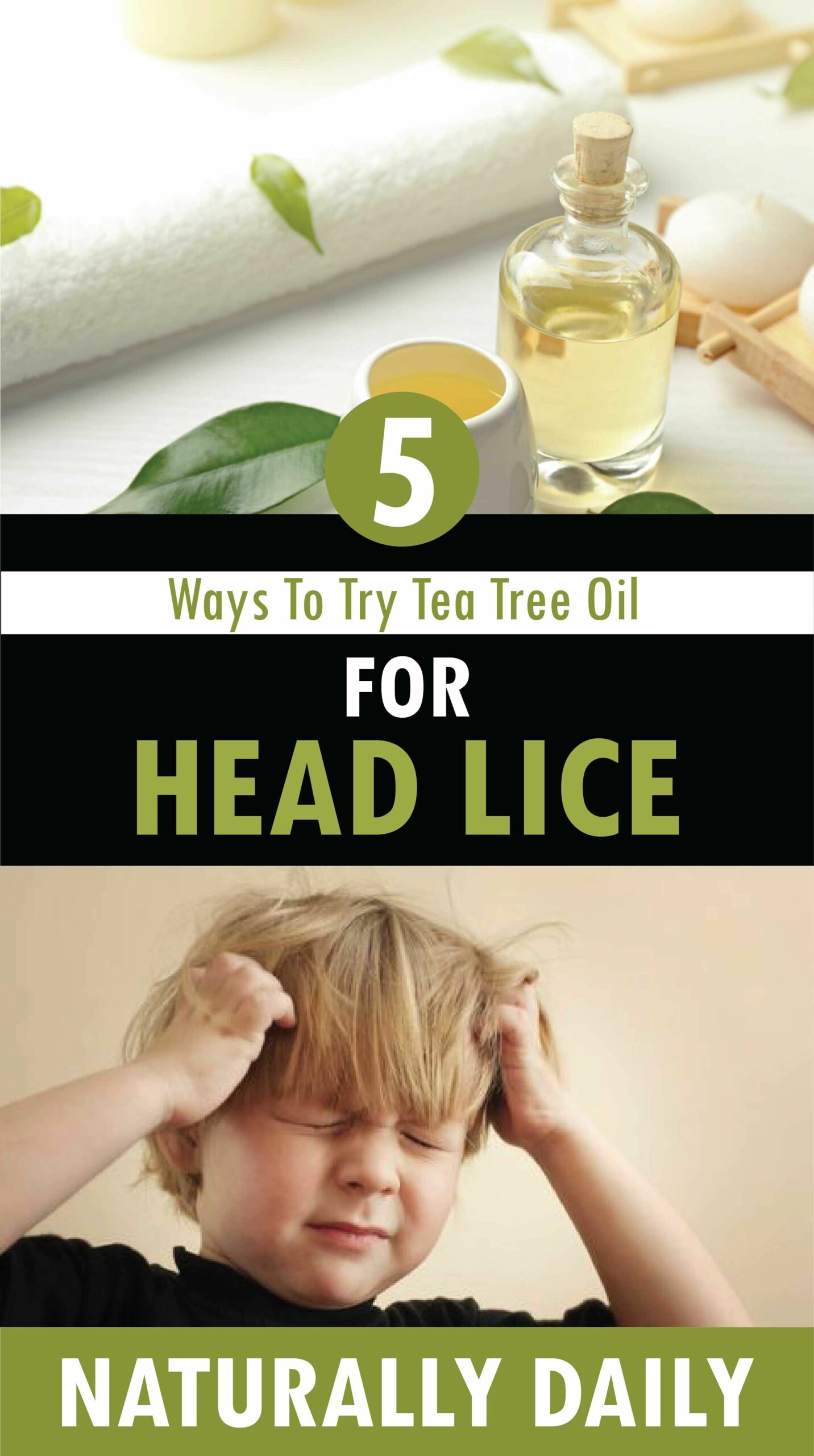Ugh, head lice. They’re the worst, right? If you’re dealing with these little critters, you’re probably searching for an effective solution, especially if you’d prefer a natural approach. Tea tree oil is often touted as a natural lice remedy, but does it really work? We’ll delve into everything you need to know about tea tree oil and lice: how it might work, its potential effect on nits, safe usage, and whether it’s a standalone solution or just one piece of the lice-fighting puzzle.
Understanding Lice and Tea Tree Oil
Before we explore tea tree oil’s effectiveness, let’s understand our adversaries: lice and nits. Head lice are tiny parasitic insects that live on the human scalp, feeding on blood. They reproduce efficiently, laying eggs called nits. These nits are firmly attached to hair shafts, resembling tiny, pearly white or yellowish specks, often mistaken for dandruff. Unlike dandruff, nits don’t brush off easily. These nits are the reason lice infestations are so persistent, hatching into new lice and continuing the cycle.
Tea tree oil, derived from the Melaleuca alternifolia tree, contains terpinen-4-ol, a compound with insecticidal properties. Studies suggest that terpinen-4-ol may disrupt the nervous system of lice, potentially leading to their demise. It may also suffocate them by blocking their spiracles (the tiny openings they use to breathe). This is the basis for the interest in tea tree oil as a natural lice treatment.
Effectiveness: Separating Fact from Fiction
While the idea of a natural lice remedy is appealing, it’s important to manage expectations. Studies on tea tree oil’s effectiveness against lice have yielded mixed results. Some research suggests it may kill live lice, but further research is needed to confirm this. The impact on nits is even less certain. Their tough outer shell may shield them from tea tree oil’s effects. This means even if the oil kills live lice, the nits could still hatch, perpetuating the infestation.
How to Use Tea Tree Oil for Lice
If you’re considering tea tree oil as part of your lice treatment strategy, here’s how to use it safely and effectively:
Step 1: Dilute: Never apply pure tea tree oil directly to your scalp. It can cause skin irritation and allergic reactions. Mix 3-5 drops of tea tree oil per ounce of carrier oil (coconut, olive, or almond oil) or shampoo.
Step 2: Apply: Carefully apply the diluted mixture to your scalp and hair, ensuring thorough coverage from root to tip.
Step 3: Wait and Rinse: Leave the mixture on for 30-60 minutes, then rinse thoroughly with warm water.
Step 4: Nit Comb: This is crucial! Tea tree oil alone is unlikely to eliminate all nits. Meticulous combing with a fine-toothed nit comb is essential for their removal. Check out our guide on the cape of mountebank.
Step 5: Repeat: Repeat these steps daily for several days to target newly hatched lice and break the life cycle.
Safety First: Precautions and Considerations
While natural, tea tree oil requires cautious use:
- Patch Test: Apply a small amount of diluted tea tree oil to a small skin area and wait 24 hours to check for reactions.
- Avoid Ingestion: Tea tree oil is toxic if swallowed. Keep it away from children.
- Children and Pregnant/Breastfeeding Women: Use with extreme caution on young children due to their sensitive skin. Pregnant or breastfeeding women should consult their healthcare provider before use.
Combining Tea Tree Oil with Other Methods
Tea tree oil is most effective as part of a comprehensive lice treatment plan. Combine it with thorough nit combing and other methods:
- Wet Combing: Combing wet hair with a fine-toothed comb every 3-4 days for several weeks can remove lice and nits.
- Over-the-Counter Treatments: These often contain insecticides to kill lice and some nits.
- Prescription Medications: A doctor may prescribe stronger medications if other treatments fail.
Tea Tree Oil for Lice Prevention
Some people use diluted tea tree oil to prevent lice, adding a few drops to shampoo or conditioner or using a diluted spray on hair, bedding, and hats. However, strong scientific evidence supporting these practices as foolproof prevention is lacking. Regular head checks remain the most effective way to detect and address infestations early.
Conclusion
Tea tree oil may be a helpful component of a lice treatment plan, but complete nit removal is essential. While it might kill live lice, it’s unlikely to eliminate nits. Combining tea tree oil with nit combing and other methods offers the best chance of success. Conventional treatments are often more effective at quickly killing lice, but tea tree oil can be a gentler alternative. Consider resistance to traditional treatments, which is a subject of ongoing research, when making your decision. If you’re concerned or the infestation persists, consult a healthcare professional.
- Unlock Water’s Symbolism: A Cross-Cultural Exploration - April 20, 2025
- Identify Black and White Snakes: Venomous or Harmless? - April 20, 2025
- Unlocking Potential: Origins High School’s NYC Story - April 20, 2025















